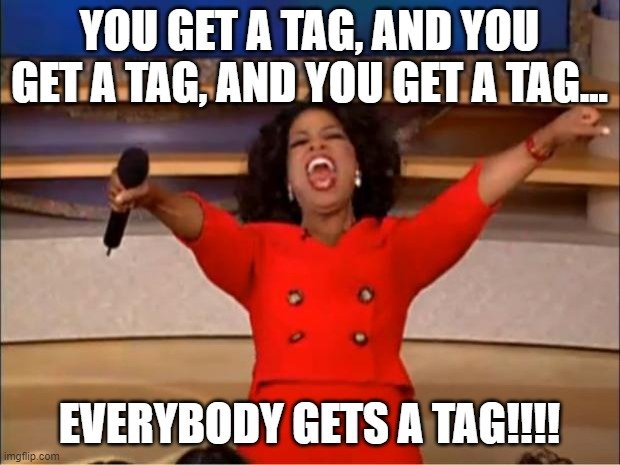WVmike
Well-known member
I will be going to Colorado OTC next year for my first elk hunt and I have been researching units. I have a couple narrowed down but was trying to pick up more bits of information about the units in particular. I know unit 18 had some pretty bad fires in that area in 2020 and was trying to see if there is any regrowth coming about. I read on here and from other places that the fires burned really hot which is usually no good for regrowth. Any info would be appreciated.







